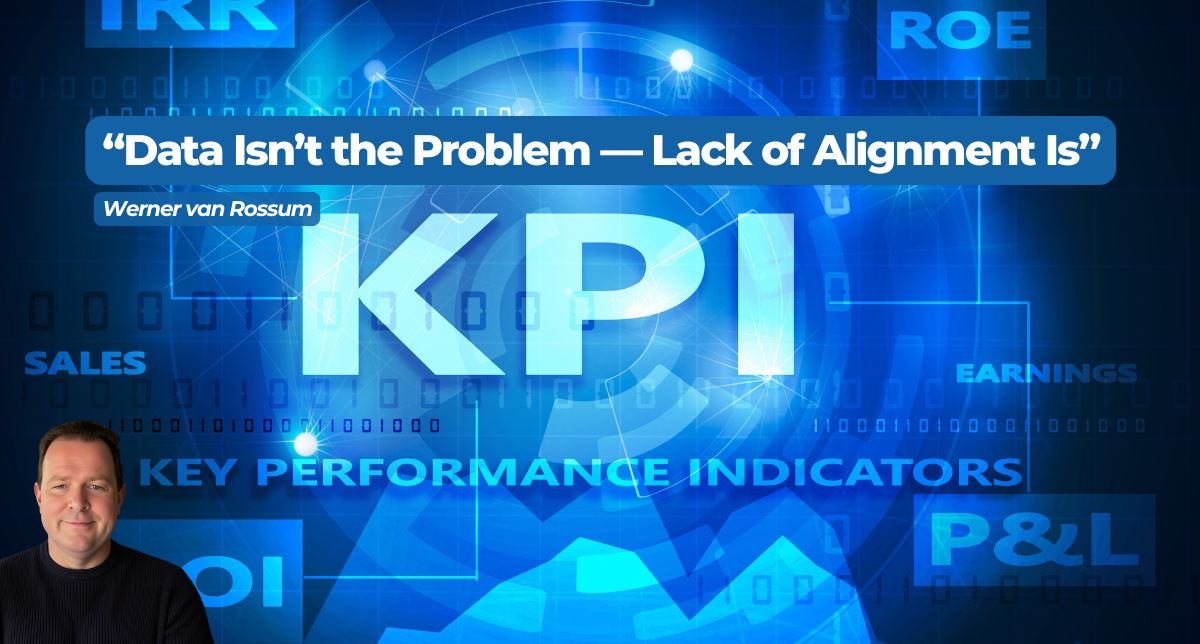Introduction
In today’s fast-paced business environment, innovation and adaptability are key. One of the most significant shifts we’ve seen in recent years is the rise of the subscription business model. Subscriptions are everywhere, from software and streaming services to monthly snack boxes and even car leases. But is this business model the right fit for your company? This article dissects the subscription model, its advantages, disadvantages, and the factors you should consider before leaping.
What is a Subscription Business Model?
In a subscription business model, customers pay a recurring fee—usually monthly or annually—to gain continuous access to a product or service. This model provides businesses a predictable revenue stream and allows customers to enjoy ongoing benefits without repeated transactions.
Advantages of a Subscription Model
Predictable Revenue
One of the most significant advantages is the predictability of revenue streams. Knowing how much income you’ll generate monthly can help you plan and scale your business.
Customer Retention
Subscriptions encourage customer loyalty. Customers enrolled in a subscription are more likely to continue using your service, provided they find value in it.
Lower Marketing Costs
Acquiring a new customer is often more expensive than retaining an existing one. With subscriptions, you can focus more on customer satisfaction and less on acquisition.
Scalability
Subscription models are often easier to scale. You can add new features, tiers, or pricing options to meet the evolving needs of your customer base.
Disadvantages of a Subscription Model
Customer Churn
The flip side of customer retention is churn—the rate customers cancel their subscriptions. High churn rates can be detrimental to your business.
Complexity in Revenue Recognition
Accounting for subscription revenue can be complex, especially when offering free trials, discounts, or tiered pricing models.
Dependency on Continuous Value
Your service must continuously provide value to justify the recurring fee. This can be challenging for businesses that do not naturally fit into a subscription model.
Factors to Consider
Market Research
Understand your target audience and their willingness to subscribe. Not all products or services are suitable for a subscription model.
Value Proposition
Can you offer continuous, compelling value that justifies a recurring fee?
Financial Planning
Ensure that your business can sustain the initial loss of one-time sales in favour of smaller, recurring revenue.
Technology Infrastructure
Managing subscriptions requires robust technology for billing, customer management, and service delivery.
Conclusion
The subscription business model offers numerous advantages but is not without its challenges. Before diving in, weighing the pros and cons and considering whether your business can continually provide value to your customers is crucial. With careful planning and execution, adopting a subscription model could be a transformative step for your business.
Understanding your business’s unique needs and market position lets you decide whether the subscription model aligns with your long-term strategy.
Take your business to the next level.
We help medium-sized businesses to innovate and make measurable progress towards your business outcomes so your company thrives.
Over the years, we’ve used proven and guaranteed Innovation & OKR processes to generate tangible business outcomes in 12 weeks ️ for companies including Roche, IBM and many others.
Stay ahead of the competition. Learn more and contact us now.

























